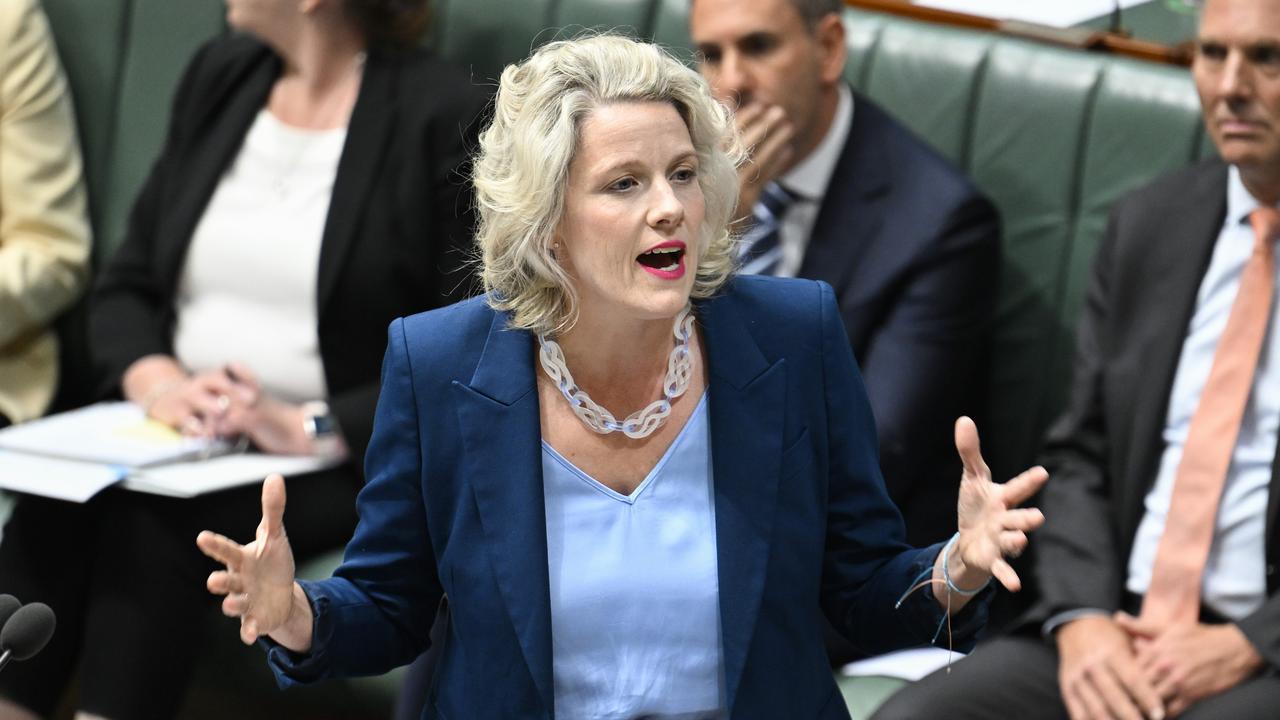Labor’s lame-duck aviation review ‘just won’t fly’, say major airlines
Labor faces calls from major airlines to update the terms of reference for its reform blueprint to turbocharge competition in the aviation market.
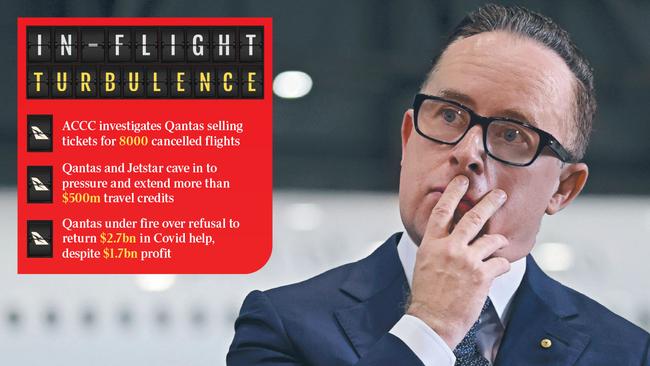
The credibility of the government’s aviation white paper has been challenged by international carriers – including Qatar Airways, Singapore Airlines, China Southern and Cathay Pacific – who have warned the terms of reference are deficient and do not address competition between airlines and airports.
The government was warned that, if left unaddressed, international airlines could stop scheduling services to Australia, with tourism bodies warning such a move would suck billions from the economy and leave the nation unable to achieve its target of $230bn in total visitor expenditure by 2030.
Qantas and Virgin have also warned the government the issue of airport regulation must be included in the white paper, with Rex saying the terms of reference are “vague and could mean all things to all people – and at the same time nothing to everyone”.
The government has touted its aviation white paper as the key vehicle to improve competition in the sector after it decided to reject a bid by Qatar Airways for more flights into the country – a decision leading business figures and economists have criticised for protecting Qantas and failing to reduce airfares.
But new questions have now emerged over the credibility of the white paper process and how seriously it will examine airline-airport interactions, with the initial green paper expected to be released within days.

The Board of Airline Representatives of Australia – a group with 32 members including Qatar, Etihad and United – said the regulation of airports and airlines was “an omission”.
In its submission to the Department of Transport and Infrastructure, BARA said international airlines evaluating the risk/reward premium for operating new or expanded services to Australia could decide the benefits were “outweighed by the high cost of operation”.
Over time, the government would “observe growth in international aviation to Australia not meeting expectations” and “Australia will risk becoming too expensive and financially risky for international airlines to serve beyond operating a commercially constrained capacity”.
“Consumer demand for air services to Australia is not inelastic … Airlines will instead focus their resources on other competitive destination markets,” it said.
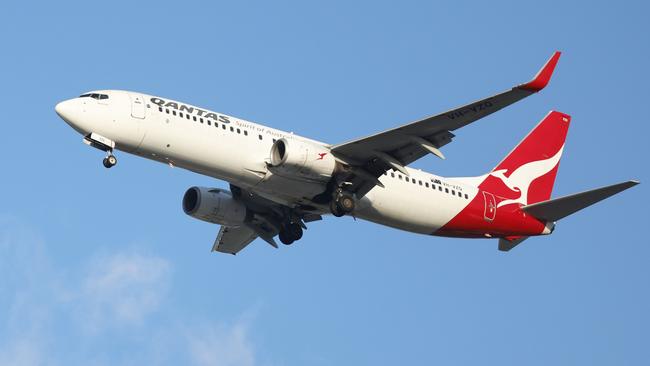
BARA said “a balanced and sustainable commercial relationship between airports and airlines” was a “prerequisite to achieving the wider aims of the aviation white paper”.
“The broader objectives of the paper will not materialise if there is not the air passenger volume (driven by international demand) to underpin the policy initiatives … The current regulatory regime has created a lopsided negotiating environment in favour of the major monitored airports,” it said.
Australian Chamber of Commerce and Industry tourism chairman John Hart said the failure to include airport regulation in the white paper was an “absolute concern”.
He warned that airlines would “allocate services on the basis of how efficient that route is and they will be absolutely allocating services to other routes that are more cost effective”.
“Between now and 2026 we have a huge capacity problem in Sydney as the gateway city for arrivals into Australia and if we don’t have the capacity to bring in the numbers that we need we are not going to reach our 2030 target of a $230bn spend by international visitors,” Mr Hart said. “That target is at risk.”
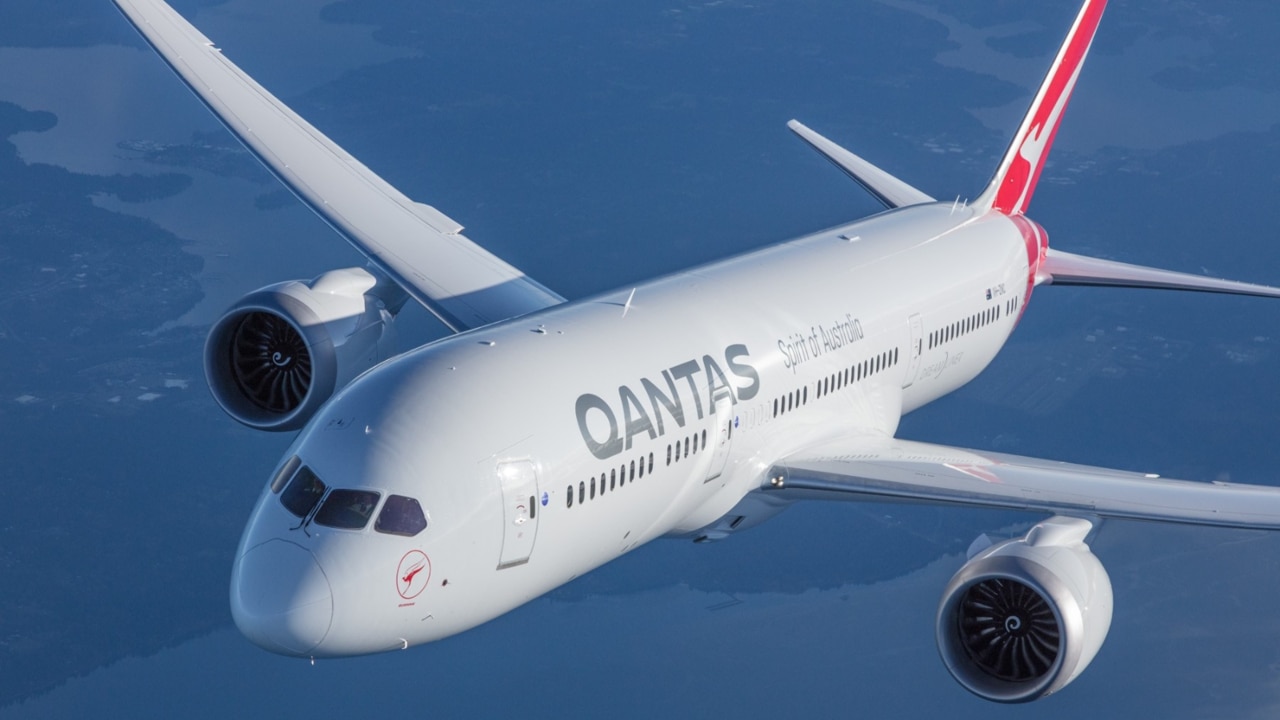
However, Transport Minister Catherine King said on Thursday that receiving submissions that “include recommendations or suggestions about what the white paper should be looking at is the purpose of the consultation process and why we have been consulting with industry”.
She also provided an assurance that competition issues within the sector, “including both airports and airlines, will be addressed through the green paper, as well as through the competition review and regular ACCC processes”.
In its submission on the white paper terms of reference, Virgin Australia said it would “like to highlight its disappointment that ‘competition between airports and airlines’ which formed part of the scope of the white paper election commitment made by the government, has been removed from scope”.
Virgin said that the “commercial relationship between airports and airlines is key to the level of services which are provided to airport users, most significantly the travelling public, as well the potential for growth within the industry”.
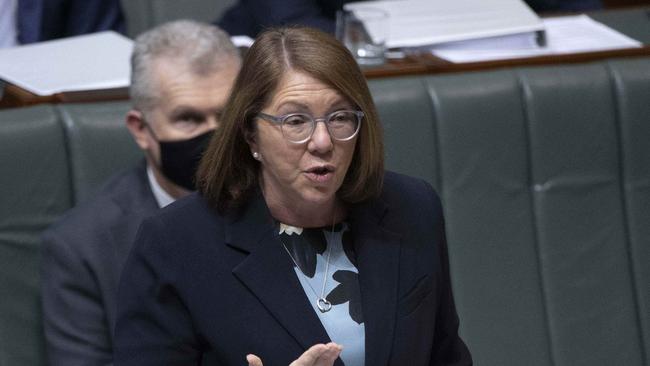
Qantas said that “no credible review of the policy framework of the Australian aviation sector could occur without specific consideration of the regulatory regime governing airports. The department would know that the 2009 aviation white paper dedicated an entire chapter to airport regulation.”
“As effectively unregulated monopoly infrastructure assets, many Australian airports have a track record of using their market power, with the current regulatory regime providing no constraint on monopoly behaviour or providing any incentive to lower costs or improve quality,” it said.
The Airlines for Australia and New Zealand industry group said the “economic regulation of Australian airports, despite their status as privatised monopolies, is widely regarded as one of the most light-handed in the world”.
“It has meant that, for almost two decades under this regime, the four major airports have earned returns that are exceptional, not only by international comparison, but classed as ‘super-normal’ profits relative to other sectors,” it said.
The group added that the absence of an “explicit mention of the economic regulation of airports in the terms of reference for the white paper is therefore puzzling”.
“If the government is indeed focused on pursuing policy and economic reforms necessary to promote the competitiveness of the aviation sector out to 2050, the white paper can’t afford to ignore the need for exploring reforms that will deliver those benefits.”






